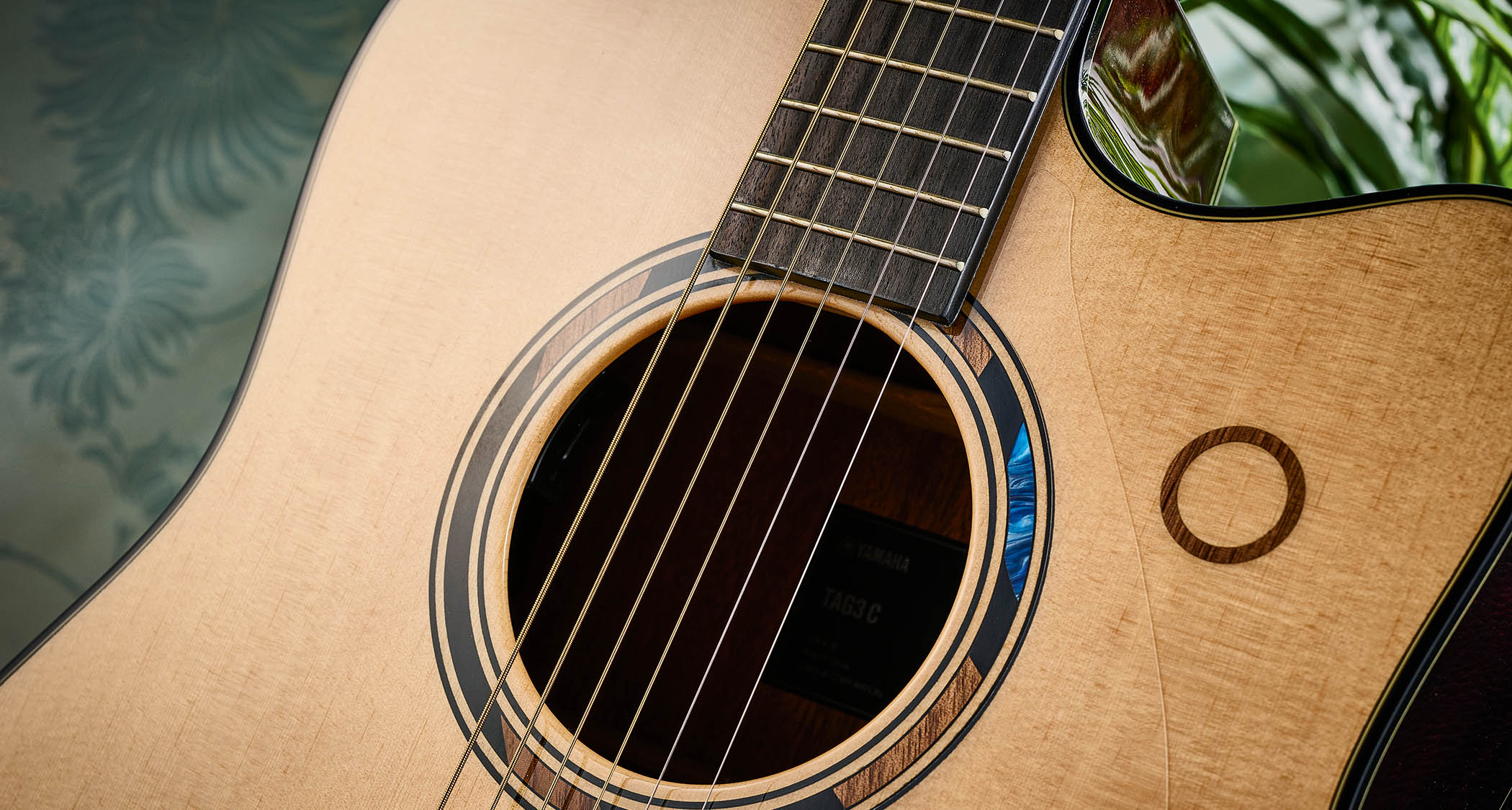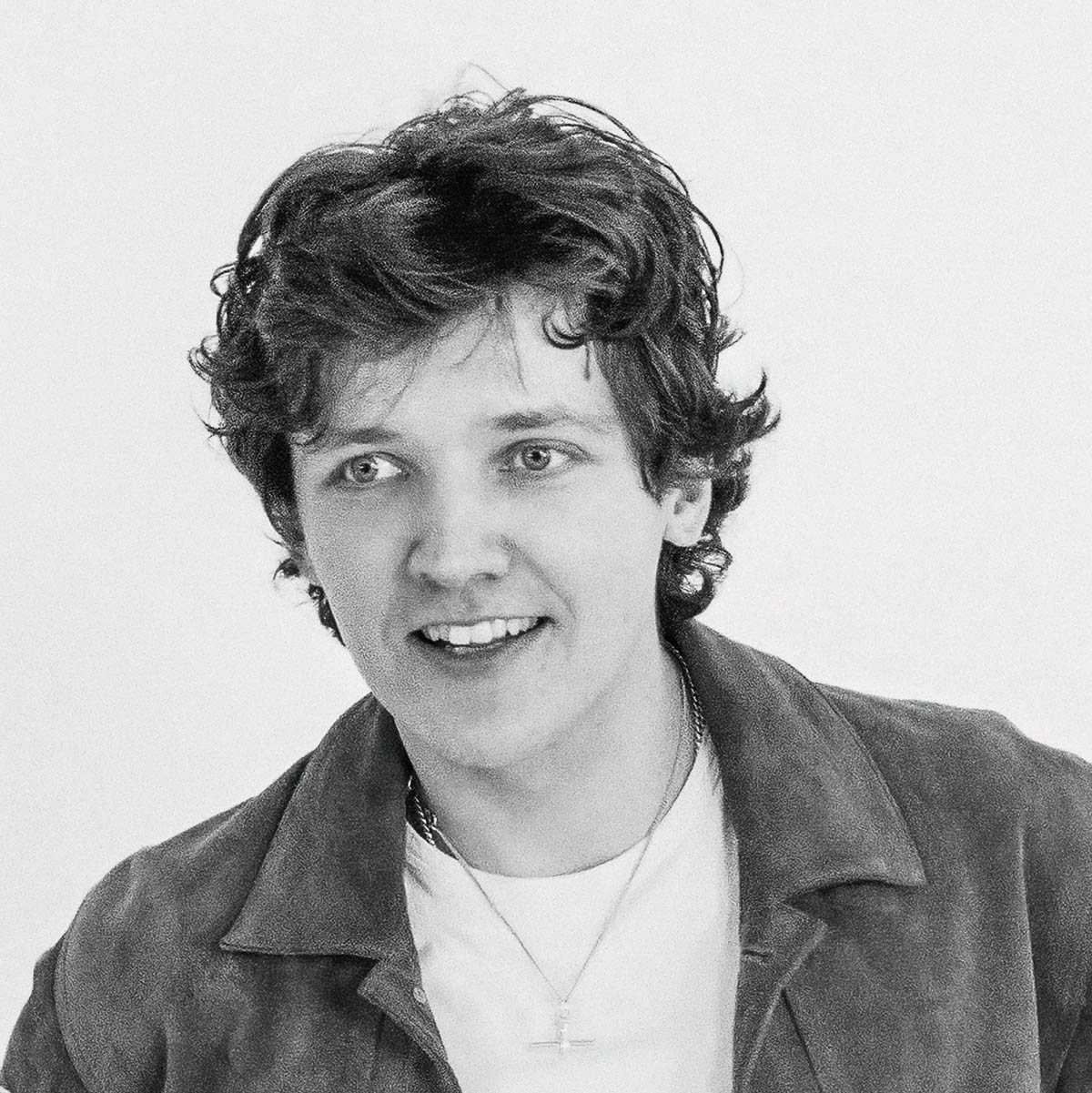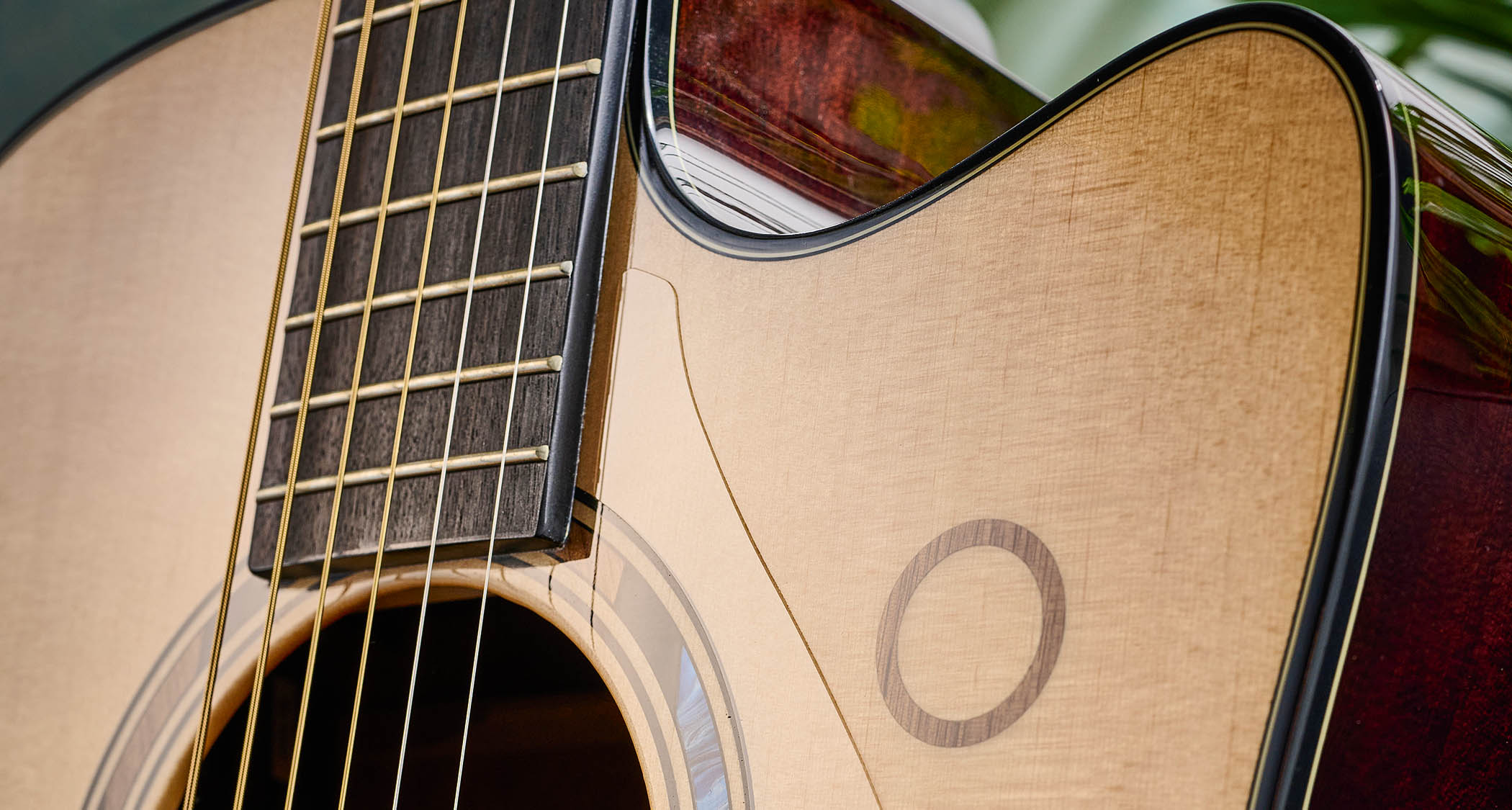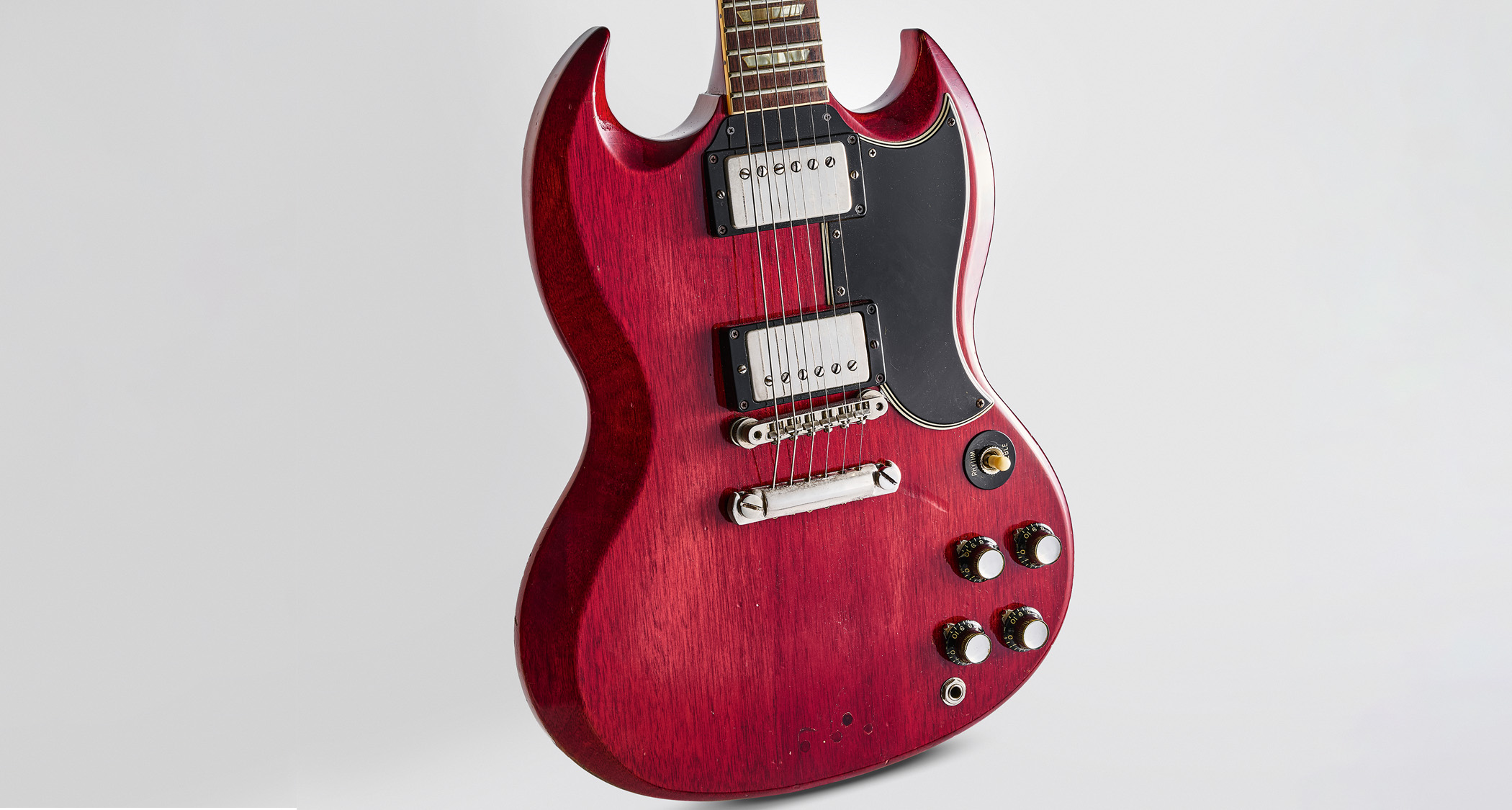“Delay isn’t something you really think of when you think of an acoustic guitar, but it works quite well when you’re adding a top line to a loop”: How Yamaha evolved its TransAcoustic tech to create an acoustic guitar with an onboard delay and looper
After experiencing the enhanced version of TransAcoustic tech with the TAG3 C, we spoke to Yamaha’s European product specialist, Dan Stock, to learn more

As we determined from the time we spent with the TAG 3 C, there’s a lot of advanced technology in this new generation of TransAcoustics. But the amazing design and development aspect shouldn’t detract from the fact that the overriding factor here is fun.
The looper, for example, gave us hours of amusement, and working with the accompanying app expands things even further, transforming the instrument into a powerful performance tool. Yamaha’s Dan Stock joins us to talk through the design process.
When did the idea to expand upon the TransAcoustic technology originate?
“This idea has been in the works from the beginning, really. Initially, when the concept came about, these ideas were always there, and this product specifically has been pretty much in development since the initial launch. Obviously, there were some iterations after the first LL-TA launch. But since then, there have been a few significant changes.”

“From our point of view, the beauty of the original TransAcoustic was the fact that the technology was completely hidden. And that was something that I thought was very, very Japanese and very Yamaha.
“But we found that, particularly on a shop wall and in the customers’ minds, the guitars were kind of lost and they just looked like ordinary guitars. That was where this new strategy was born, in terms of having TransAcoustic being its own guitar, rather than a technology that was implemented into an existing model.”
Have you found that the more traditional acoustic players have had difficulty embracing the new technology?
All the latest guitar news, interviews, lessons, reviews, deals and more, direct to your inbox!
“Absolutely, and that’s why a lot of thought and care was put into this to make it as intuitive as it possibly could be. Of course, there is an app that you can use alongside it, but that’s really not the focus.”

“As with a lot of Yamaha products, much like THR [amps], the app is there for people who want it. The intention, from our point of view, is to make something that is easy to use and can be operated without the need for any high level of skill or knowledge.
“But, having said that, we’re well aware that not all users will use all the features of our products. With all technological industries, often products go far beyond what the users actually choose them for.”

From what we’ve heard, the original effects – the reverb and chorus – have received an upgrade in quality.
“Absolutely. A lot of time went into tuning the effects to make them as authentic as possible and to not sound artificial. When you play them side by side they are quite different to the originals – and better, in our opinion.”
What was the basis for the decision to add delay and looping to the TransAcoustic?
“As I mentioned, that was something that was always there when the initial concept of having built-in effects in an acoustic guitar originated. The thinking to pair those two was that they fit together quite well.
“Delay isn’t something you really think of when you think of an acoustic guitar; it’s not necessarily something that you’d dial in when you’re sat on the sofa. But the delay works quite well when you’re adding on a top line to a loop.”

The looper is, in many ways, the star of the show, and it’s great that Yamaha has included the functionality to add effects to individual layers of the loop as you build them up.
There’s a limit to how much I can say, of course. But the plan isn’t to spread this out towards existing models
“Well, I think that’s really important to make it functional and fit for purpose, you know? We wouldn’t have wanted to implement a looper without those kinds of details being covered. It’s great that you picked up on that.”
Is there now a plan to spread this new technology throughout the range of TransAcoustic models?
“There’s a limit to how much I can say, of course. But the plan isn’t to spread this out towards existing models. It’s definitely the plan to expand the range, but it won’t be sideways, if that makes sense. The strategy is very much to keep the TransAcoustic as its own family in line, rather than spreading into existing models.”
- For more details on the TransAcoustic series, see Yamaha.
With over 30 years’ experience writing for guitar magazines, including at one time occupying the role of editor for Guitarist and Guitar Techniques, David is also the best-selling author of a number of guitar books for Sanctuary Publishing, Music Sales, Mel Bay and Hal Leonard. As a player he has performed with blues sax legend Dick Heckstall-Smith, played rock ’n’ roll in Marty Wilde’s band, duetted with Martin Taylor and taken part in charity gigs backing Gary Moore, Bernie Marsden and Robbie McIntosh, among others. An avid composer of acoustic guitar instrumentals, he has released two acclaimed albums, Nocturnal and Arboretum.

